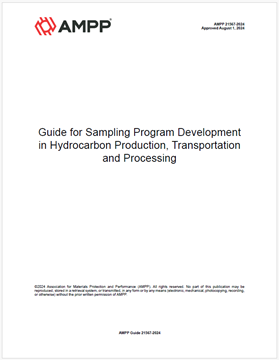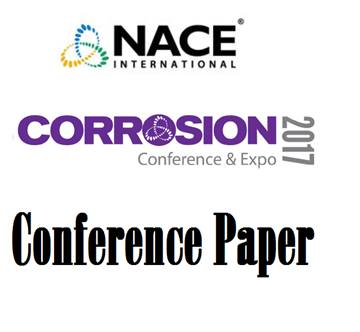Search
Products tagged with 'sampling'
View as
Sort by
Display
per page
07132 In-Line Inspection Performance Verification
Product Number:
51300-07132-SG
ISBN:
07132 2007 CP
Publication Date:
2007
$20.00
AMPP Guide 21567-2024, Guide for Sampling Program Development in Hydrocarbon Production, Transportation and Processing
Product Number:
AMPP Guide 21567-2024
Publication Date:
2024
$109.00
Chemical & Enhanced Preservation Methodologies Endeavors To Maintain The Integrity Of Joint Operation (JO) Surface Facilities
Product Number:
51322-18106-SG
Publication Date:
2022
$20.00
Chemical & Enhanced Preservation Methodologies to Maintain the Integrity of Joint Operation (JO) Surface Facilities
Product Number:
51323-18792-SG
Publication Date:
2023
$20.00
Failure Investigation: Field Sampling and Communication to Maximize the Effectiveness of Laboratory Analysis
Product Number:
41214-825-SG
Publication Date:
2014
$20.00
Performing Corrosion Risks Assessments of Nuclear Waste Process Tanks Containing Variable Waste Chemistries
Product Number:
51323-18878-SG
Publication Date:
2023
$20.00
RP0173-1973, Collection and Identification of Corrosion Products
Product Number:
53014-HD1973
Publication Date:
1973
$179.00
TM0106-2016-SG, Detection, Testing, and Evaluation of Microbiologically Influenced Corrosion (MIC) on External Surfaces of Buried Pipelines
Product Number:
21248-SG
ISBN:
1-57590-206-0
Publication Date:
2016
$109.00
Using Portable Material Property Devices for Pipe Grade Determination
Product Number:
51317--9267-SG
ISBN:
9267 2017 CP
Publication Date:
2017
$20.00









